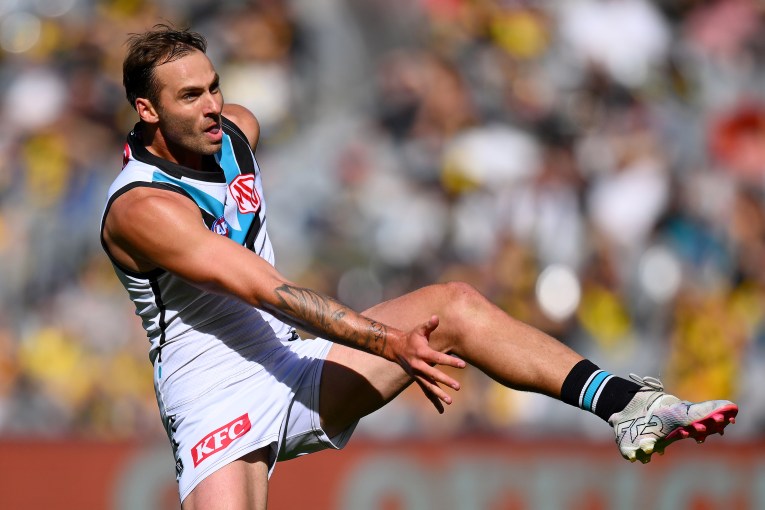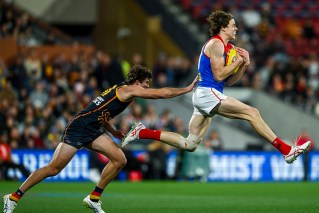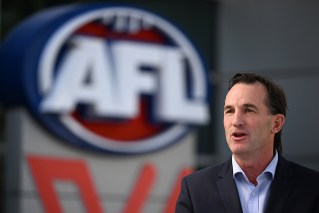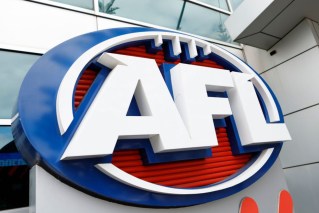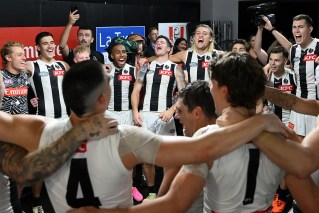AFL to bring back normal quarter lengths in 2021
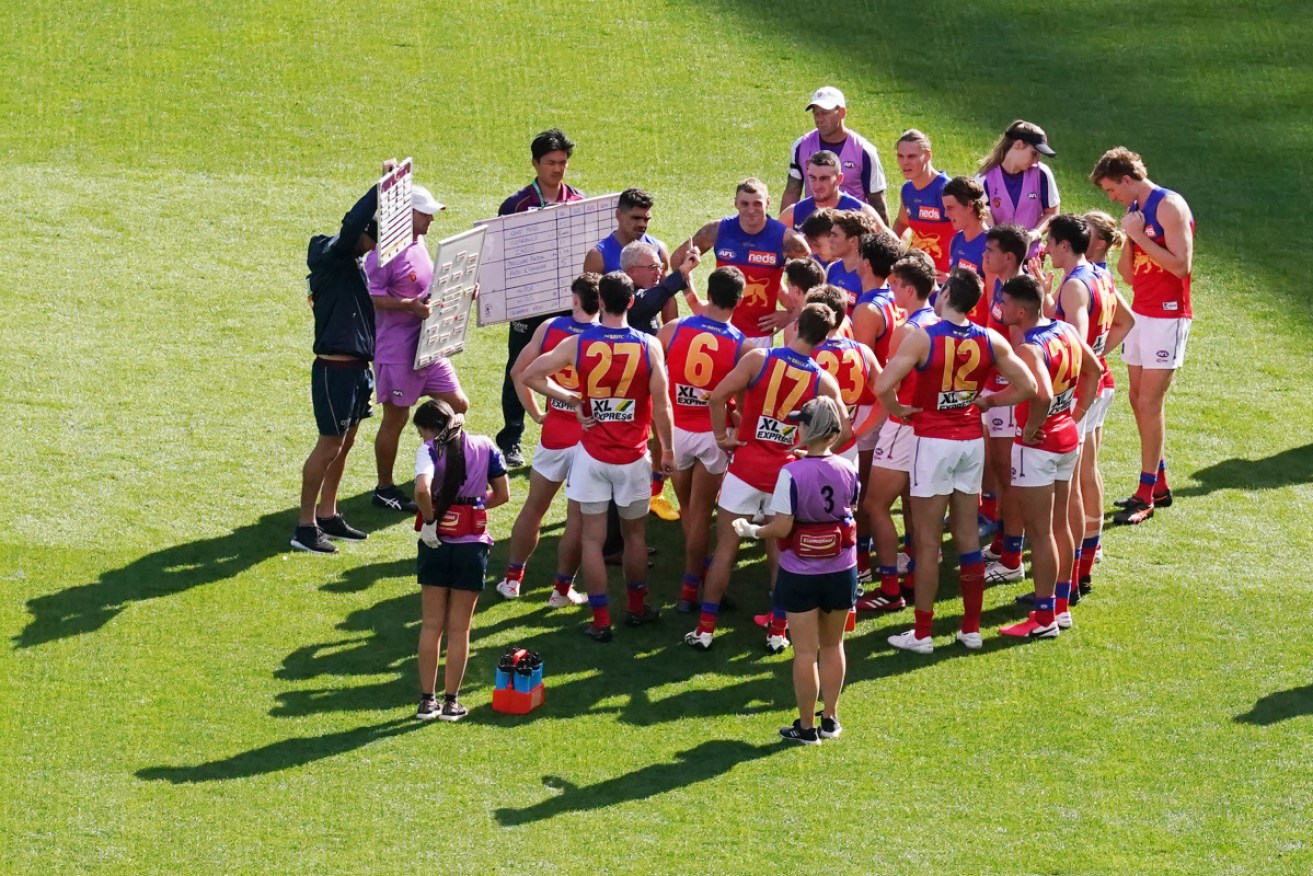
AFL teams like the Brisbane Lions will spend more time on the field next year. Photo: AAP
AFL games will revert to normal quarter lengths next season, but the fixture will still have a ‘floating’ element to it in 2021.
The COVID-19 pandemic that forced a fixture squeeze this year resulted in the league reducing quarter lengths to 16 minutes plus time.
But quarters will revert to the normal 20 minutes plus time on in 2021.
The move won’t appease everyone, with Geelong star Patrick Dangerfield among a host of players who earlier this year expressed their concerns about returning to full quarter lengths next season.
Dangerfield said with the uncertainty of COVID-19 still being felt, 17 minutes plus time on would have been the “sweet spot” for quarter lengths.
Other players voiced their support for 18 minutes plus time on.
Teams will receive six-minute breaks for quarter-time and three-quarter time, while halftime will be 20 minutes.
There will be a break of 50 seconds after each goal.
The AFL will release fixtures for round one through to round six by December 23, with the schedule to comprise of match-ups, time slots, venues, and broadcasters.
But there will be a floating element to the fixture from that point on.
The AFL aims to release the match-ups and venues for most games between rounds seven to 23, but the date, time slots, and broadcasting will remain floating.
The AFL will work with clubs, venues, and broadcasters to work out the best schedule.
The league has told clubs that it plans to release the fixtures from round seven onwards in blocks of four-to-six weeks, with at least four weeks’ notice to allow for planning.
Three tweaks to the AFL match review and tribunal guidelines were also approved to help further protect players from head-high contact.
AFL MATCH REVIEW CHANGES
• The definition of ‘high’ contact expanded to cover if there is a careless or intentional dangerous tackle which has the potential for injury to be caused through dangerous high contact with the ground, but where high contact does not actually occur
• The guideline in relation to upgrading impact based on the potential to cause injury expanded to capture all intentional strikes (not limited to head-high strikes only)
• The ‘contesting the ball’ exception in relation to high bumps and forceful front-on contact tightened by changing the requirement that “the player was contesting the ball and did not have a realistic alternative way to contest the ball” to “the player was contesting the ball and it was reasonable for the player to contest the ball in that way”
-AAP
